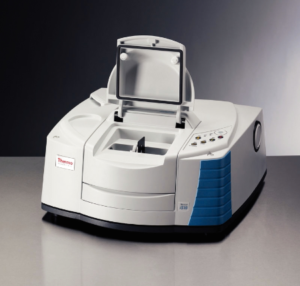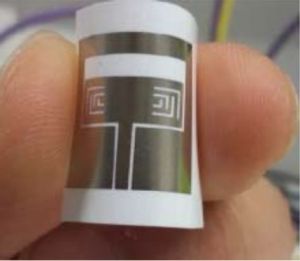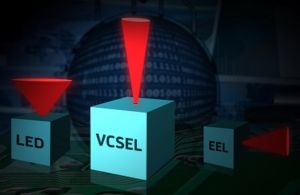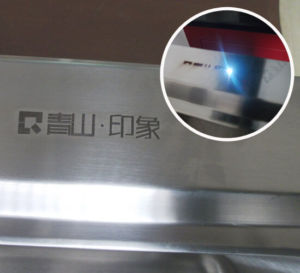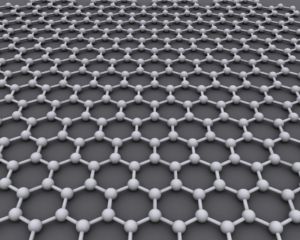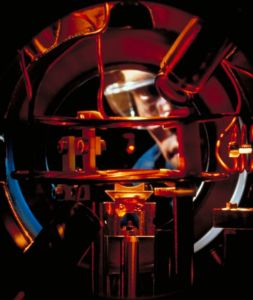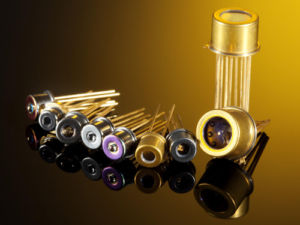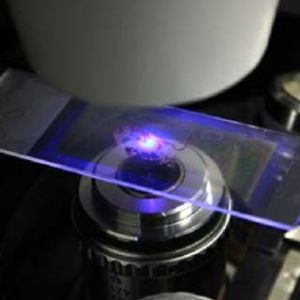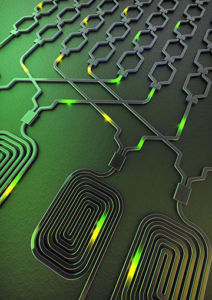Search Results for: electron beam
Optical Fibers for Medical Sensors and Light Delivery
Optical fibers are a convenient instrument for robust light transfer. Their low losses have enabled their wide use in long distance telecommunication systems while service providers like AT&T, Verizon ...
FTIR: Fourier-Transform Infrared Spectroscopy Principles and Applications
Fourier-transform infrared spectroscopy (or FTIR, for short) is a method of exploring the physical properties of solids, liquids, and gases. More specifically, it allows the study of the absorptive and ...
Innovative Electric Components for Millimeter Wave Communication
The millimeter-wave (MMW) region of the electromagnetic spectrum is a region of frequency band between 30 gigahertz and 300 gigahertz, and it is called the Extremely High Frequency range. These high ...
Edge Emitting vs Surface Emitting Lasers: A Comparison of Performance
Edge emitting and surface emitting lasers present two configurations for laser emission using semiconductors. Edge emitting lasers came first but were quickly replaced by surface emitting lasers for ...
Laser Marking on Metals: Techniques and Parameters
Laser marking of metals is becoming an increasingly important process in product identification and branding. On our blog, we have previously written about the basic principles of laser marking, the proper ...
Mode-Locked Lasers Improved With Graphene Technology
Ever since graphene sheets were isolated from bulk graphite in 2004, two-dimensional materials have received an immense amount of interest for their unexpected and novel electronic and optical properties. ...
Laser Cooling: A Future for Cryogenics Without Liquid Coolants
Low temperature physics has helped us produce exotic quantum materials such as superconductors. This usually requires cryogenic fluids such as liquid nitrogen and helium for operation. Recently cooling ...
Surface Emitting Lasers: Types and Applications in Sensing
Since the first demonstration of the laser in 1960, people have endeavored to make lasers more compact. Semiconductor lasers achieved this desired compactness employing so called heterostructures. This ...
Diode Lasers for Cytometry: Cell Counting and Sorting
Since the invention of the first operating laser in 1960, lasers have been designed in various regions of the electromagnetic spectrum and output powers. Soon after the advent of semiconductor fabrication ...
Silicon Photonic Circuits for Optical Interconnects and All Optical Processing
Silicon photonics is the technology of using optical processing components made of silicon itself, rather than other materials. Electronic interconnects with copper contribute to high power consumption and ...


